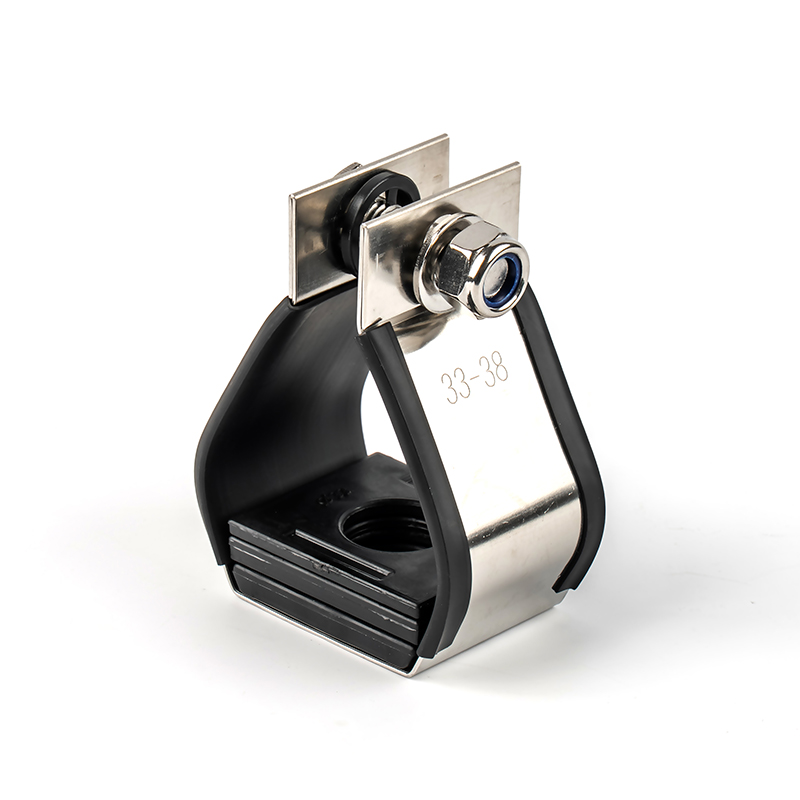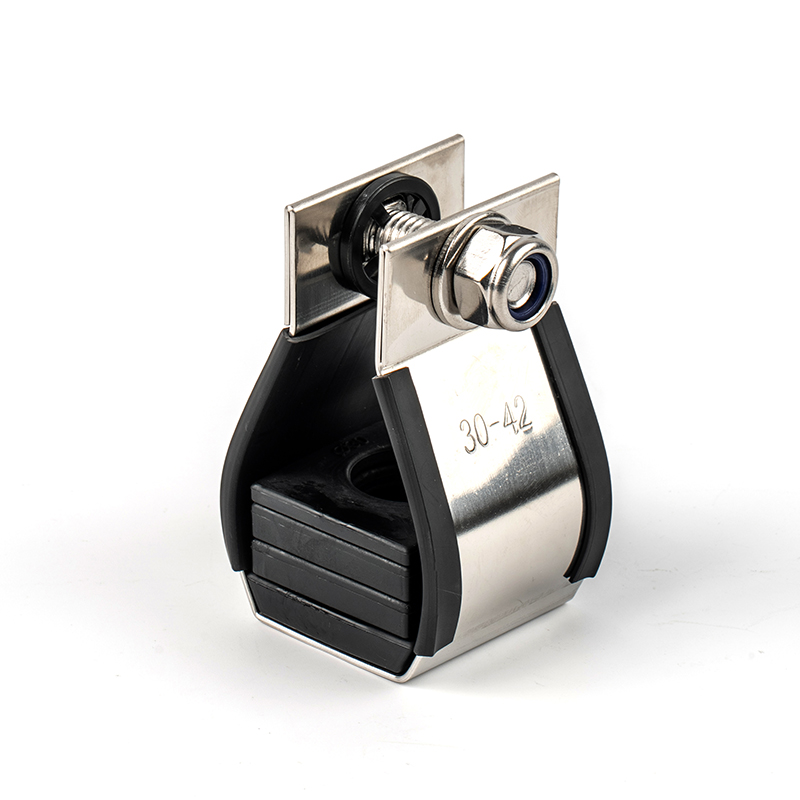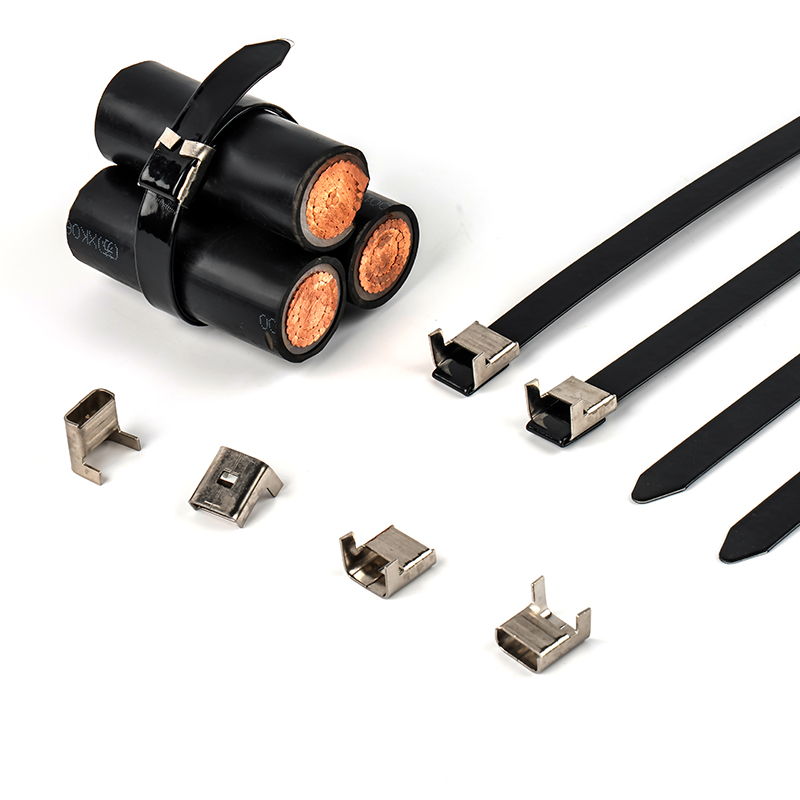+86-0575-8215 2808
/8200 8688/8239 2526

The single cable Cleats made of 316 stainless stee...
View more
Manufactured from high-grade 316 stainless steel, ...
View more
Brand Name: FengfanApproved Certificate: DNV &...
View moreOverview of the Locking Principle of Nylon Cable Ties
Nylon cable ties achieve quick and reliable fastening through an integrated locking head and ties body. The core mechanism lies in the interaction of wedge teeth and a positioning locking tongue, allowing the cable tie to self-lock after tightening and preventing reversible disassembly under normal use.
1. Basic Components of the Locking Structure
Locking Head: Located at the end of the cable tie, it contains a wedge tooth area and a positioning locking tongue, and is equipped with a dedicated blade groove (for self-breaking cable ties).
Tie Body: Made of Nylon 66 (Polyamide 6.6) material, possessing high strength and weather resistance. The surface can be coated with PVC, PPA, etc., according to requirements.
Gripper/Integrated Claw: A thin gripper is added to some products to facilitate positioning and applying tension in confined spaces, while also improving the insertion force and locking strength during locking.
2. Locking Principle Workflow
Installation and Tightening: After threading the cable tie through the object to be bundled using your hand or a tool, insert the tail end into the locking head's fastening hole.
Wedge Engagement: As the tightening force increases, the wedge-shaped area of the cable tie pushes into the positioning latch inside the locking head. The inclined surface of the wedge pushes the latch backward, creating a mechanical lock.
Self-Locking: Once the wedge is fully engaged in the locking groove of the latch, the latch is forced into a compressed state, preventing the cable tie from moving backward, achieving a one-time locking. This process does not rely on external threads or adhesives, but entirely on the elasticity and geometry of the material.
Self-Break (Optional): After locking, the excess cable tie is cut off by the blade inside the locking head, avoiding the need for secondary processing with scissors.
3. Locking Strength and Safety
High Locking Strength: The integrated claw and low insertion force design ensure that the cable tie maintains a stable locked state under force, making it difficult to loosen even under vibration or impact.
Material Advantages: Nylon 66 possesses excellent tensile strength, chemical resistance, and flame retardancy (UL94V-2), maintaining its performance over a wide temperature range of -35°C to 85°C, making it suitable for harsh environments such as marine, shipbuilding, and aviation.
Anti-Incorrect Disassembly: The geometric fit between the wedge teeth and the locking tongue is irreversible during normal use and can only be disengaged by a specialized cutting tool or self-breaking blade, ensuring the safety of the secured item.